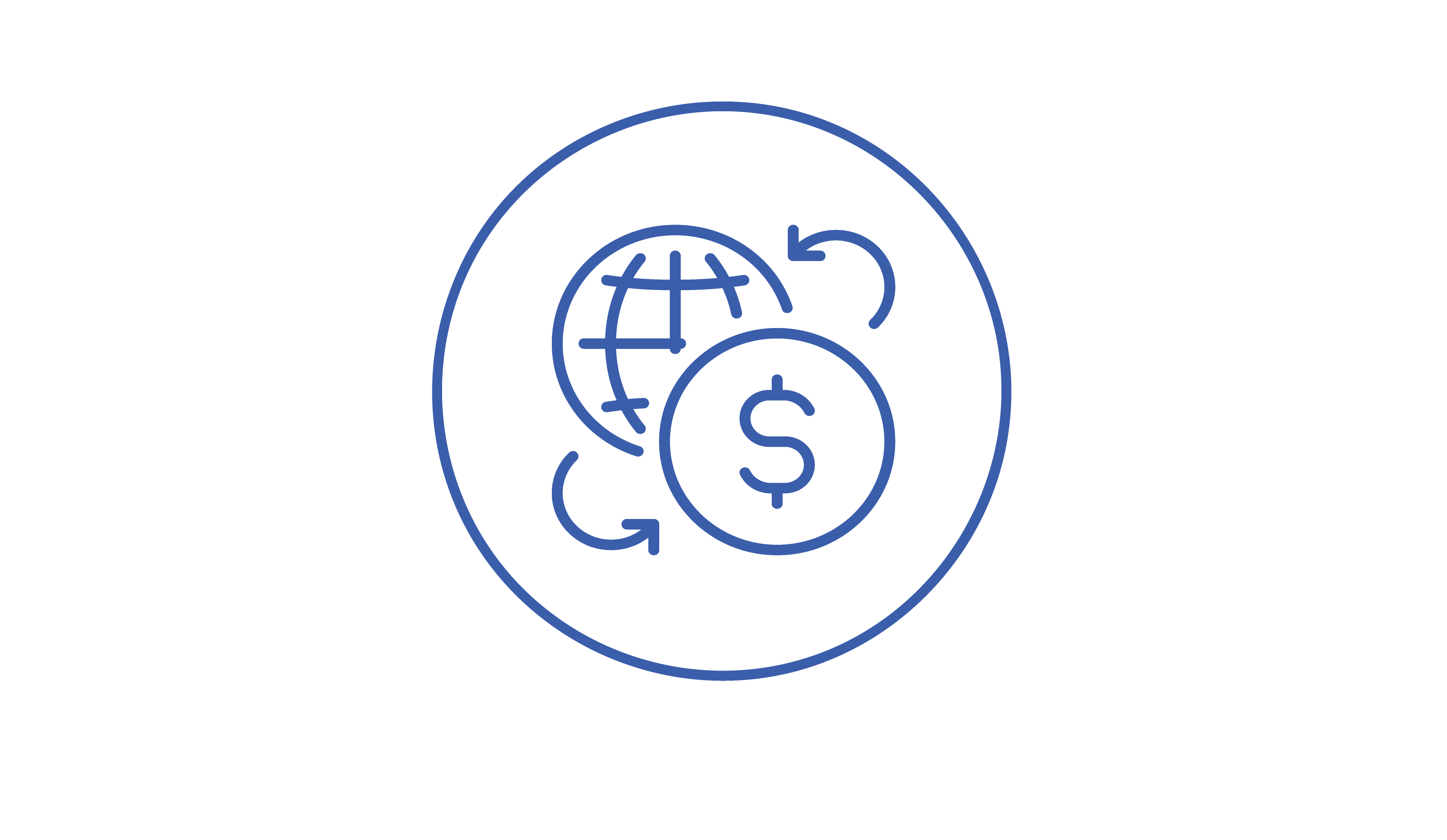K-12 Partnerships
Strong partnership and alignment with local K-12 schools and districts

October 6, 2020
To have a lasting impact, an intermediary must be positioned to sustain itself. The intermediary takes advantage of opportunities for public and private grants and contracts but does not rely on them for long-term sustainability. While funding is a major component, sustainability is also the product of effective and efficient use of material resources, human capital, and a business model that includes shared costs and resource needs among partners. To ensure all partners sustain their commitment and understand and appreciate the value the intermediary provides, the intermediary employs a communications strategy to reach families, community-based organizations, education partners, employers, and policymakers.

In May 2017, Governor Jay Inslee of Washington State convened a task force to advocate for, design, and guide implementation of Career Connect Washington, an initiative to launch the state’s young people into in-demand careers. The Washington State Legislature enacted HB 2158, the Career Connect Washington law, and allocated $35 million for its implementation. In 2020, the legislature increased this budget to meet demand among additional high schools, colleges, intermediaries, and employers.
Distribution of responsibilities for funding was built into the model: philanthropic dollars pay for the small group of leaders who guide implementation; employers pay student and apprentice wages; and public funds support the regional networks of intermediaries and education institutions implementing career pathways. A cross-agency group convenes regularly to ensure that efforts are coordinated and effective. To ensure that all stakeholders, especially funders, are well-informed about progress, Career Connect Washington’s leadership employs a lobbyist, engages in grassroots communication, and ensures that youth success stories are featured in a wide range of media. The legislation requires an annual report to lawmakers, which includes plans for equity, budget, data and measurement, and marketing.
Career Connect Washington uses a model of distributed leadership and shared ownership to promote and scale its work. Career Connect Washington is not a legal entity but a convener and seeks to embed its functions within existing organizations over time. Some responsibilities have already moved to state agencies (e.g., grant administration, the endorsement process) and others will transfer to key partners in the future. While most program intermediaries are new and selected through a competitive grant process, the ecosystem includes both repurposed and new regional networks that serve as local conveners, bringing together key partners to identify workforce gaps and support program growth. Successful applicants agree to a set of principles and outcomes when funded. Each regional network manages its own fiscal responsibilities. Community colleges and four-year universities leverage existing relationships with employers to implement work-based learning systems; K-12 coordinators at each of the state’s nine educational service districts reach out to schools. Registered Apprenticeships are an integral part of the Career Connect Washington ecosystem.
The Rush Education and Career Hub (REACH) has a legacy of supporting Chicago’s school communities. Since 1990, thousands of students from pre-kindergarten through grade 12 have participated in REACH’s science and math enrichment experiences to build a best-in-class pipeline to STEM and health-care careers for underrepresented groups. REACH’s services provide clear value within and for the community.
REACH is leveraging the communications component of Rush University Medical Center’s strong business model to ensure partners understand and promote REACH’s success. As an intermediary embedded within a university, REACH must distinguish itself from many other initiatives. REACH communicates with specific stakeholders to promote its work and model, sustain current partnerships, and attract new partners. It is also developing a strategy for research and evaluation to better inform and educate youth, families, community-based organizations, and K-12 and postsecondary education partners about its work and impact.
REACH also has a strong and visible presence in its community through collaboratives such as West Side United, a multi-stakeholder collaborative working to create strong, healthy, and vibrant neighborhoods on Chicago’s West Side. Through its collaboration with West Side United, REACH’s platforms, such as their website, social media accounts, and growing network of alumni, can extend educational and career training to even more young people.
Click on the icons below to learn about the other five hypotheses and read spotlights that illustrate how the Building Equitable Pathways partners took on this work. The spotlights are intended to show theory in action and to support new intermediaries as they tackle the challenge of building equitable pathways that promote young people’s college and career success.

Building Equitable Pathways is a community of practice working to create equitable pathways systems so that more Black and Latinx youth and young people experiencing poverty succeed in college and their future careers. Building Equitable…

The Building Equitable Pathways hypotheses guide the development of pathways that equitably support all young people, especially youth of color and youth who are experiencing poverty, in building rewarding and successful futures. Learn what the…